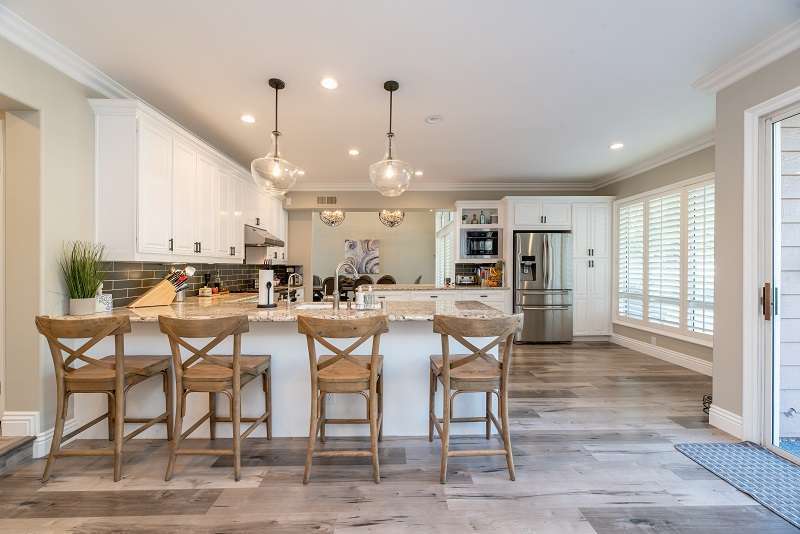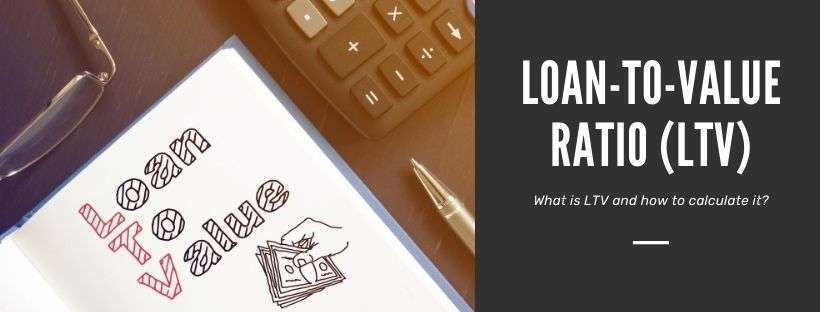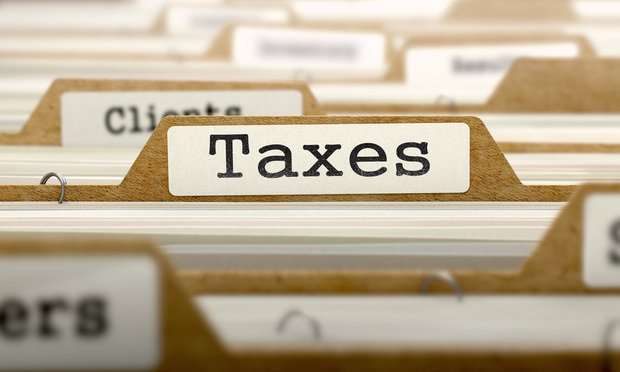
Dive Brief:
- Apartment residents are staying in their homes longer, despite sharp rental rate increases.
- The number of renters remaining in their apartments rose by 3.5 percentage points year over year in April to 57%,according to Carrollton, Texas-based RealPage. In more affordable class C apartments, 65% of renters have renewed in the past year in comparison to 53.4% in class A. Apartment retention averaged 51.5% from 2010 to 2019.
- When renters renew their leases, they’re spending more. In April, residents paid 10.7% more when compared to their previous lease, according to RealPage. However, that is 18.7% below what a new renter paid versus the previous resident of the same unit.
Dive Insight:
The disparity in the price increases between renewals and new leases isn’t an accident. Many apartment operators try to thread the needle between introducing higher rates to existing residents while trying to keep them in their apartments.
“With our current customers, we are really cognizant of what we’re doing there. We’re not pushing renewal rates 13% to 18% like we’re seeing with new lease rents, ”said Samantha McQuown, vice president of business operations for King of Prussia, Pennsylvania-based Morgan Properties, the No. 3 largest owner of apartments in the country, according to the National Multifamily Housing Council. “That’s definitely something that we take into consideration. It is so important to keep our customers happy. It’s important to keep our customers in place.”
It’s more than just customer service driving the disparity in renewal rates. When a resident moves out, a unit sits empty and isn’t earning income. Then maintenance comes in and makes routine checks and repairs as part of what apartment managers call the “turn process.” If the residents stay longer, maintenance isn’t as needed.“It might become even more prevalent where people want renewals because labor is so tight, ”said Andy Newell, CFO for Monarch Investment and Management Group, the No. 20 manager in the country. “The more we lean on maintenance people, the more there is a premium on just renewing the lease.”
Renewal rent growth
Generally, renters, at least at the upper end of the market, seem to be absorbing these increases, according to Parsons. “There are a few cases where you had people who got really good deals last year, particularly in the big cities like New York and San Francisco,” Parsons said. “Then their renewal comes up and it's closer to market. Concessions burned off and they are going to be a little more challenged. I don't think that is a massive trend, but I think you're seeing some of that.”Residents of large coastal cities have seen rents skyrocket to record levels. Tenants paid a median of $3,870 on new leases signed in New York City in April,according to Bloomberg. The weighted average asking rent for an apartment in San Francisco clocked in at $3,500 last month, still $600 lower than prior to the COVID-19 pandemic, according to local real estate media outlet SocketSite.
However, renewal rates aren’t increasing at the same level across the board. In more expensive class A and class B apartments, they’re rising 11% to 12%, according to RealPage. In class C apartments, they’re increasing by 7.1%. “Renewal [rents] in class C are growing below the rate of inflation right now,” Jay Parsons, vice president and deputy chief economist for RealPage, told Multifamily Dive. “So, it’s a much better deal to renew in a C than [to] rent something else.”




